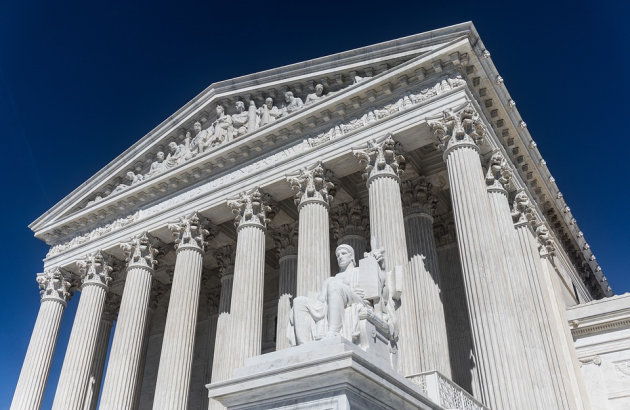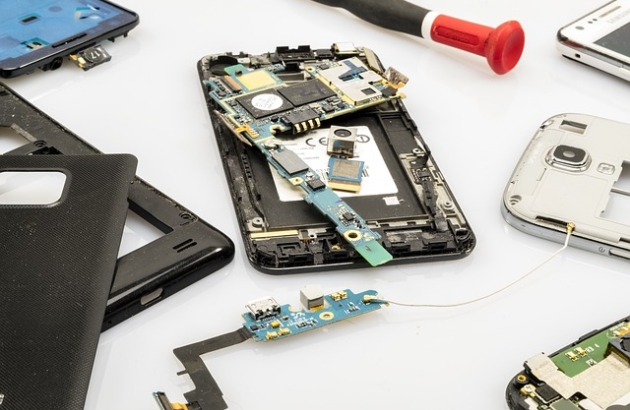Blog
Electronic Filing in U.S. Supreme Court starts November 13
The United States Supreme Court’s new electronic filing system will begin operation on November 13, 2017. Members of the Supreme Court Bar can register now.
During the initial phase of the system, the official filing of documents will continue to be on paper in all cases. Parties who are represented by counsel will also be required to submit electronic versions of documents through the electronic filing system. In limited exceptions, some documents, like those submitted under seal, will only be submitted in paper form. Attorneys wishing to file documents at the court must first register so they can access the electronic filing system. Self-represented litigants will continue to submit their documents in paper format and court personnel will scan the documents and make them available on the electronic docket. In the new system, virtually all new filings will be accessible without cost to the public and legal community through the Court's website.
The Supreme Court has a wealth of information available on its website to aid attorneys as they transition to the electronic filing system, including Guidelines for the Submission of Documents, Frequently Asked Questions, Quick Start Guides for Registration and Filing, and Electronic Filing System User Guide.




